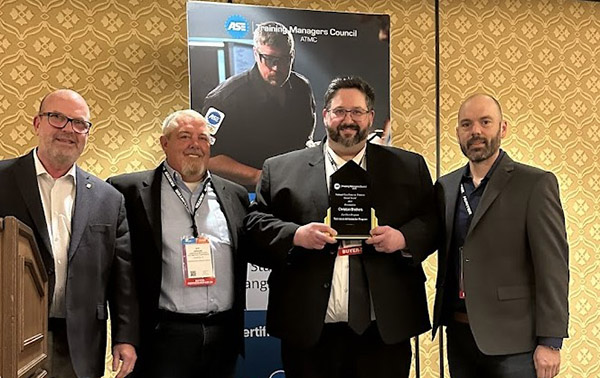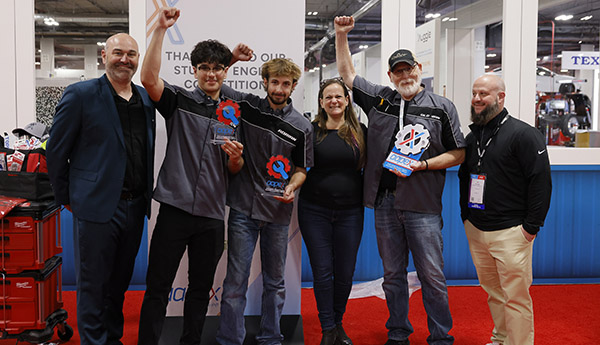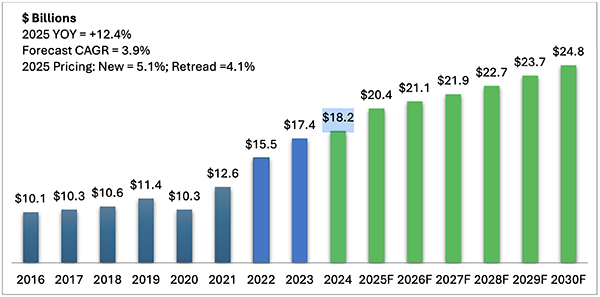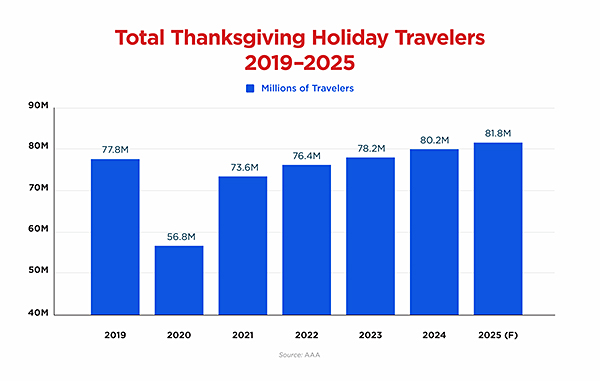Online to offline repair could expand its potential reach to over two-thirds of the DIFM light vehicle market by 2030
Fort Wayne, Ind.—o2o (online to offline) eCommerce is disrupting how consumers and repair outlets interact as it expands the range of automotive products that can be purchased online by consumers and installed offline by technicians.
Lang Marketing’s latest nationwide consumer research provides insights into the fast-growing o2o Do-It-For-Me (DIFM) market and how the changing perceptions, preferences and needs of younger consumer generations are fueling o2o expansion, which will be a primary catalyst of sweeping change across the DIFM market in the coming years.
The following are key takeaways from Lang’s analysis.
Online to Offline
Online-to-offline (o2o) DIFM sales combine consumers’ online purchases of auto parts (sometimes bundled as repair jobs) with the work performed by technicians at repair outlets. o2o auto repair has generated the most significant increase in the eCommerce business mix across the aftermarket between 2016 and 2024.
The o2o auto repair market is in its early stages, and its annual growth rates will continue to increase rapidly. o2o’s share of eCommerce auto parts transactions nearly doubled between 2016 and 2024, with o2o aftermarket sales exploding by sevenfold at the user price.
o2o’s Expanding DIFM Auto Repair Reach
Today, o2o auto repair has potential access to more than one-third of the light vehicle DIFM market by repair dollar volume. Its reach is expected to expand significantly as advanced vehicle diagnostics, artificial intelligence (AI), and the utilization of “big data” reshape repair practices.
Lang Marketing projects that by 2030, o2o repair could expand its potential reach to over two-thirds of the DIFM light vehicle market in repair dollar volume.
Average Annual Growth: eCommerce and o2o
Between 2016 and 2024, eCommerce auto parts sales grew at an average annual rate of more than 17%: over five times faster than the overall light vehicle aftermarket.
o2o auto parts sales climbed even faster, averaging above 25% annual growth since 2016.
During this period, o2o nearly doubled its share of total eCommerce sales, outpacing the broader eCommerce growth rate.
o2o transactions generated nearly 40% of total eCommerce auto parts growth between 2016 and 2024, much greater than their average annual share of overall eCommerce auto parts sales.
Generational Differences
Lang Marketing’s consumer research explores generational differences in consumer preferences in purchasing auto repair and deciding where work is performed. A special focus has been placed on o2o auto repair’s role in raising the DIFM strength of different types of o2o sellers.
Many consumers, particularly those in Generations Y and Z, account for a greater share of o2o repair than their corresponding share of the overall DIFM market. They have more trust in purchasing auto repairs from platforms and large eSellers than in dealing directly with local repair shops. Amazon is one of the most trusted retailers (online and brick-and-mortar) by younger generations.
Convenience and No Hassle
Ordering parts and repairs online can provide convenience to consumers by allowing them to bypass direct contact with repair outlets and avoid travel to brick-and-mortar shops to discuss automotive work. This is a significant consumer benefit of the o2o auto repair experience.
The approved installer network, which is an integral part of most o2o business models, enables consumers to choose the time and place of repair.
Future Developments
Large platforms and eSellers recognize that o2o auto repair provides a means for expanding their penetration of the DIFM vehicle repair business. The o2o auto repair business model gives eCommerce an alternative to the more complex approach of supplying parts to installers, who often demand rapid delivery that requires significant warehousing and delivery resources.
In contrast, the o2o model allows several days between the time when consumers purchase parts and repairs online and when an outlet in the approved installer network conducts the repairs.








Comments are closed.